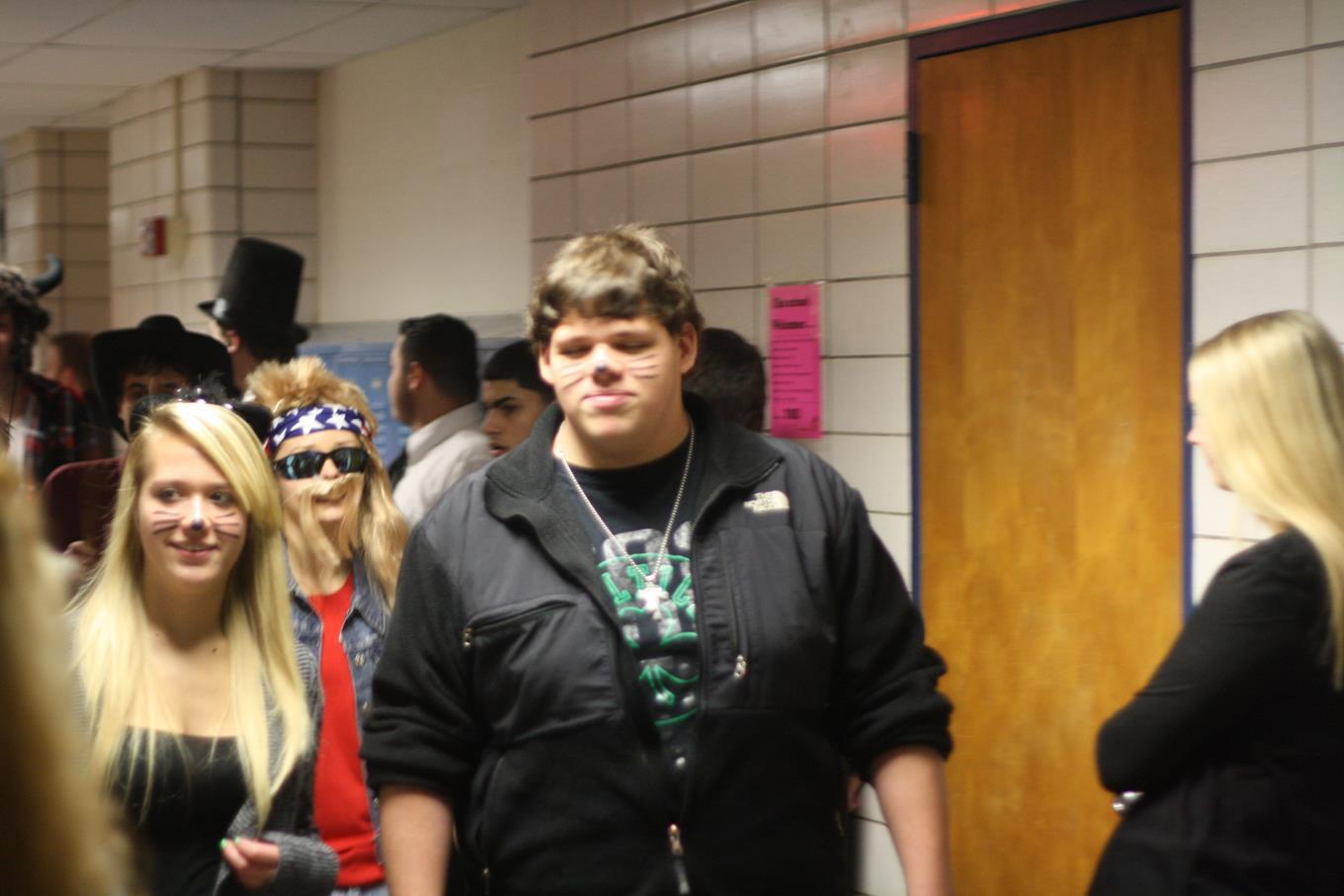Creating Parity in Professional Sports
April 28, 2021
Parity should be a sports league’s number one priority. Winning a championship should be the goal of every sports franchise. In a perfect sports league, these goals should meet. I believe there are two major factors that can contribute to both of these goals: a successfully structured draft system, and the law of averages.
Every year, the National Basketball Association (the NBA) holds a draft lottery. This event consists of every team that did not make the playoffs being given a greater chance to win a higher draft pick for the upcoming season which would ideally, improve their team. Historically the team with the worst record would have the highest odds of receiving the number 1 overall pick (25%) in the lottery, then the second-worst team the second-highest odds (19.9%), the third-worst team the third-highest odds (15.6%), and so on and so forth. However, on September 28th, 2017, the NBA Board of Governors approved a new ruling. Starting in the 2019 NBA offseason, the draft lottery odds would change. The worst team would still have the highest odds of the number 1 draft pick (14%), however, it would share those same odds with the second and third worst-performing teams. More teams would then have greater odds of gaining a higher draft pick than with the previous system. This lottery change was brought about with the intent to limit the practice of deliberately tanking‒ when a team manages themselves in such a way as to lose more games– resulting in a lower standing but a potentially higher draft pick. This new ruling was intended to restore parity among the teams and foster greater competition in the league. But did it work?
To answer that question, we must ask a more general one: does a lottery draft system result in a more competitive league? Of the four major men’s North American sports leagues (the NFL, NBA, NHL, and MLB), two have a lottery system in place (NBA and NHL) while the other two (NFL and MLB) have no lottery and instead reward their worst teams with the best draft picks with no strings attached. If a league commissioner’s goal is to maximize parity and competition in their respective league, what measures should be taken?
To begin, a draft system without a lottery should hopefully reward the worst team with the best young talent coming into the league thus making the very worst teams better in the future. This is a fine system for the worst teams, but it does very little for those middle-of-the-pack teams. These teams aren’t good enough to compete for championships (let alone even make the playoffs) but also aren’t bad enough to net a high draft pick. What we see happening then is that mediocre teams sell their talent to the more competitive ones with the goal of lowering their place in the standings to later gain higher draft picks. Weaker teams won’t buy these players because the acquisition won’t be enough to elevate their franchise to championship contention, and the result is a league made up of great teams and terrible ones. This lack of parity is the very thing the lottery was meant to correct.
A lottery system should make teams content to be middling when considering their potential to jump in the lottery. After all, they have the potential to land one of the best young prospects in a given draft. There is less motivation to weaken your franchise in the short term in order to strengthen it in the long term. This is exactly what a league should want– all teams trying to maximize competitiveness.
Shocking conclusion, isn’t it? Well, maybe not so much. Let’s take a closer look at two leagues, specifically two on opposite sides of the draft system line: the NBA representing the lottery system, and the NFL representing the non-lottery system. The NBA lacks parity in the bottom half of its playoff brackets. The teams who make the playoffs any given year likely will have made it in years past. This is good for these individual franchises, but not so much for the league.
The NFL, with its non-lottery system, produces a new handful of playoff teams and potential championship contenders any given year. This is great for the league’s parity and competition. Fresh teams in the playoffs every year keep things fun and dynamic for fans.
But if it isn’t the lottery system that leads to parity, what does the NFL have that the NBA doesn’t? One possibility is the season length. The NFL season is 17 weeks long with only 16 games for any given team. This makes every single game and every single week pivotal to a team potentially making the playoffs. All it takes is a few good or bad runs to change the playoff bracket from one year to the next. The NBA on the other hand is 82 games long. We see fewer surprises over the course of the longer season.
What appears to be occurring when this happens is the law of averages. The law of averages is the theory that a particular outcome or event will occur over a period of time at a frequency similar to its probability. The greater the sample size over a period of time, the more likely the probable outcome is to occur. This theory is reflected in the MLB, which hosts a monstrous 162 game season in a given year, and the NBA. Bad teams in the MLB stay bad for a variety of reasons, but one thing is certain: it isn’t due to their non-lottery draft system. If this were the case, mediocre teams in the NFL (with a similar draft system) would suffer similar fates. NFL teams who are mediocre can and are far more likely to make magical runs to the post-season or even just a somewhat respectable record. Take for example The New York Jets, a team known for their lack of success in recent history, in 2019 went 7-9, two games away from making the NFL playoffs. By comparison, the Seattle Mariners, a poorly run MLB franchise in general consensus, haven’t made the playoffs since 2001 resulting in the current longest playoff drought in all of the MLB, and even North American sports at 19 seasons. The Jets hold the NFL’s longest playoff drought at only 10 seasons, significantly less than the MLB’s current longest drought.
This may beg the question: if playoff irregularities are based on the law of averages, how do the NBA and NHL playoff droughts hold up to each other given that they share an 82 game season length? More importantly, why? The answer again lies in the law of averages, more specifically in the number of scoring opportunities in both games. In the 2018-19 NBA season, the average number of field goals attempted per team was 89.2, resulting in a total of 178.4 total shot attempts. In that same year, the NHL only consisted of 31.5 shot attempts per team in a given game, resulting in a much lower 63 total shot attempts. So while both leagues play 82 games, fewer shot attempts per game in the NHL creates a lower sample size and thus a larger likelihood for random statistical anomalies. This results in more NHL teams potentially squeezing into the playoffs in a given year.
So in conclusion, a lottery system used by the NBA and NHL does help to create a league with greater competitiveness; however, the law of averages has a far greater influence on the parity of a league. In games with more opportunities to score, a shorter season will prevent the law of averages from taking less competitive teams out of playoff contention. The more difficult it is to predict the outcome of a game or season, the more exciting that league is for its fans.








